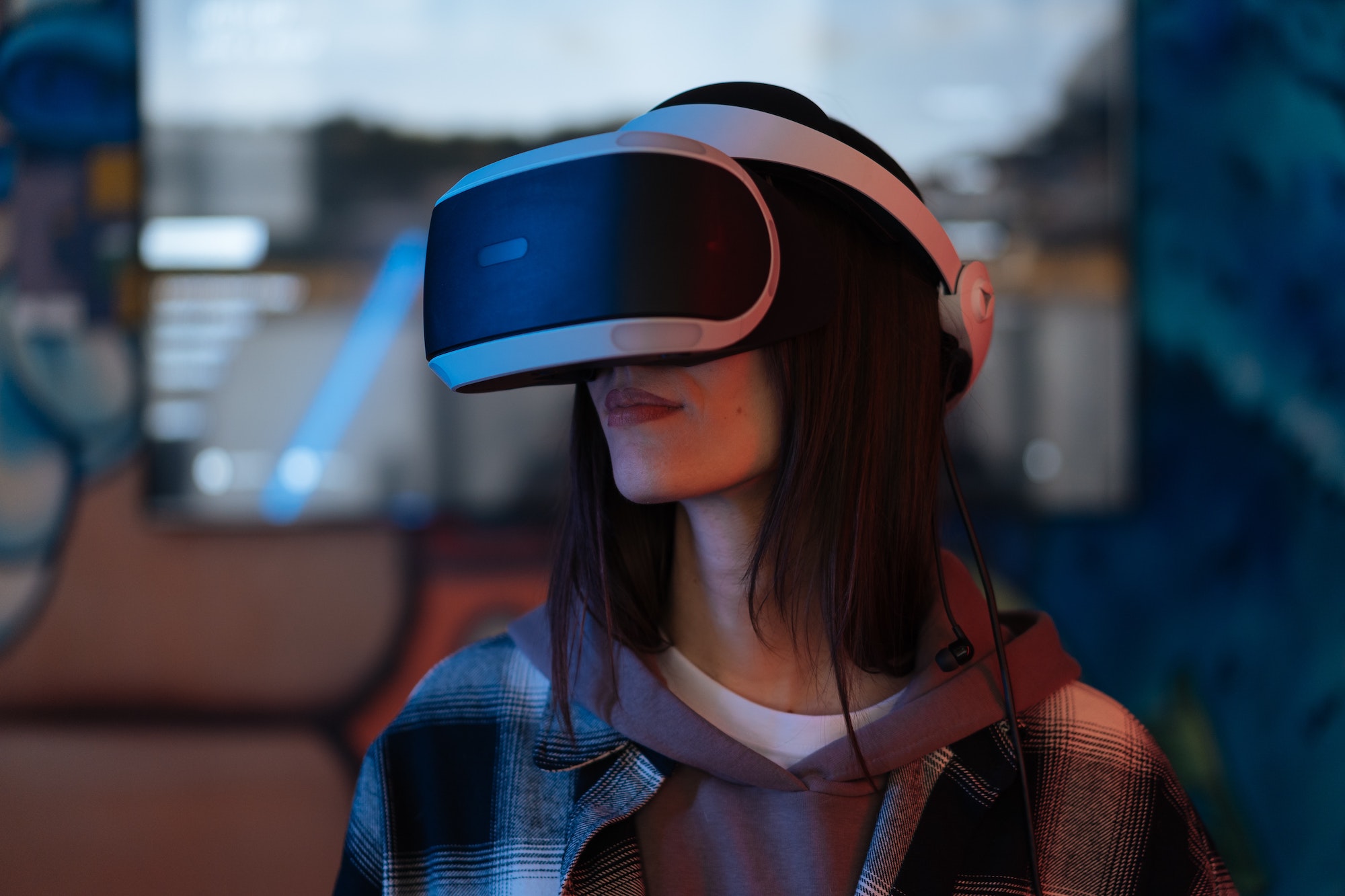In 2018, the release of Spielberg’s Ready Player One introduced us to a world where man and machine are one; a virtual escape known as OASIS. Fast-forward to 2021 and the truth is stranger than fiction. Zuckerberg’s Meta announcement doesn’t mark start of a new era (Sandbox and Decentraland already have their own metaverses), but it has accelerated consumer interest in this new digital world – a world where megabrands such as Disney, Adidas, Nike and Sotheby’s are now racing to get involved.
While brands have dabbled in augmented and virtual experiences for consumers, including virtual events, branded items in games and augmented shopping experiences, the possibilities of marketing in the metaverse are still in their infancy. Here are some ways brands will shift their marketing efforts in this new world.
1. Immersive experiences, tailored to consumers
Personalised experiences are important to consumers and a metaverse environment takes these to a new level. The intention of the metaverse is to give consumers the opportunity to move into a parallel virtual world that operates in real time, where it’s possible to work, network, shop, play and socialise. With the incredible levels of consumer behaviour data available, marketing strategies can straddle the real and virtual worlds by using virtual reality in the crucial brand awareness and consideration stages of the purchasing funnel.
It’s important that virtual activations still consider the innate human need for connection. This could be delivered via one-on-one customer support with a dedicated specialist, represented as avatars in a metaverse. It could also be a personalised virtual VIP tour or preview of an item or experience. In 2018, Mercedes-Benz tested the idea of a virtual dealership experience with a dedicated app where customers could configure a model from the new A-Class range and then experience it in the setting of their choosing via a VR headset.
2. NFTs - the rise of digital collectables
Non-fungible tokens (NFTs) are unique digital assets and are bought and sold via auctions on the Ethereum blockchain. ‘Non-fungible’ means that the tokens are not mutually interchangeable, meaning there’s only one token assigned to one owner at any time. It’s that uniqueness that ultimately builds their value.
The most common application of NFTs at the moment is gaming characters and items. We are starting to see the buying and selling of other EFTs such as digital art, and tokens created by celebrities as memorabilia. Former Twitter CEO Jack Dorsey made some serious coin that he donated to charity – a cool $2.9 million, to be exact – by selling his first ever tweet as an NFT back in March. Some brands are even jumping to be early adopters of this concept – Nike’s ‘CryptoKicks’, which allow people to design custom sneakers that may also be produced in the real world.
The obvious concern around NFTs is that digital art can still be copied, but just like the real world, only one person can ever own the original. Thanks to blockchain technology, the transaction history almost acts as a certificate of authenticity so that the transfer ownership of the genuine digital article can always be traced.
3. Gamification
Online gaming is estimated to be worth close to $200 billion by 2024 and brands are catching on to the creative opportunities for brand awareness and sponsorships. While brands can release NFTs such as limited-edition items or characters to use in games, the metaverse makes it possible for entire brand activations to happen within a game, much the same way that native content currently exists in print and digital media.
Take Roblox – an online gaming world with more than 200 million (mostly Gen Z/Gen Alpha) monthly active users. Users can play myriad virtual games within the Roblox metaverse, and brands can create an entire game, sponsor virtual billboard space, create branded avatar clothing, or, in the case of skatewear brand Vans, all of the above. Vans World is a virtual skatepark within the Roblox metaverse that allows users to customise clothing, purchase a skateboard and practice their tricks in the skatepark. The activation allows users to browse products while personalising their avatars and interact with like-minded skateboarding enthusiasts in a world tailored just for them.
4. Building community + levelled-up loyalty programs
Consider Facebook Groups and Reddit threads the prelude to metaverse activations such as Vans World, which takes community building to the next level. Virtual worlds allow for the formation of communities of highly engaged and interested users; the gaming aspect allows them to linger a little longer in those virtual worlds than they would on current social platforms. As this sort of technology is still in its infancy, early adopters can enjoy a larger share of the audience before competition crowds the market. It also means that brands can execute steady growth strategies to build loyalty, whether that means access to exclusive behind-the-scenes content, discount codes for metaverse communities, or games that allow users to earn loyalty points to go towards a free item or discount on their next purchase.
The metaverse might seem like pie-in-the-sky thinking, but it’s real and it’s here, so it’s important to start thinking about creating new marketing strategies or tweaking your current one to build your virtual community. Want help understanding how you can increase brand awareness and build your customer base within the metaverse? Get in touch!




